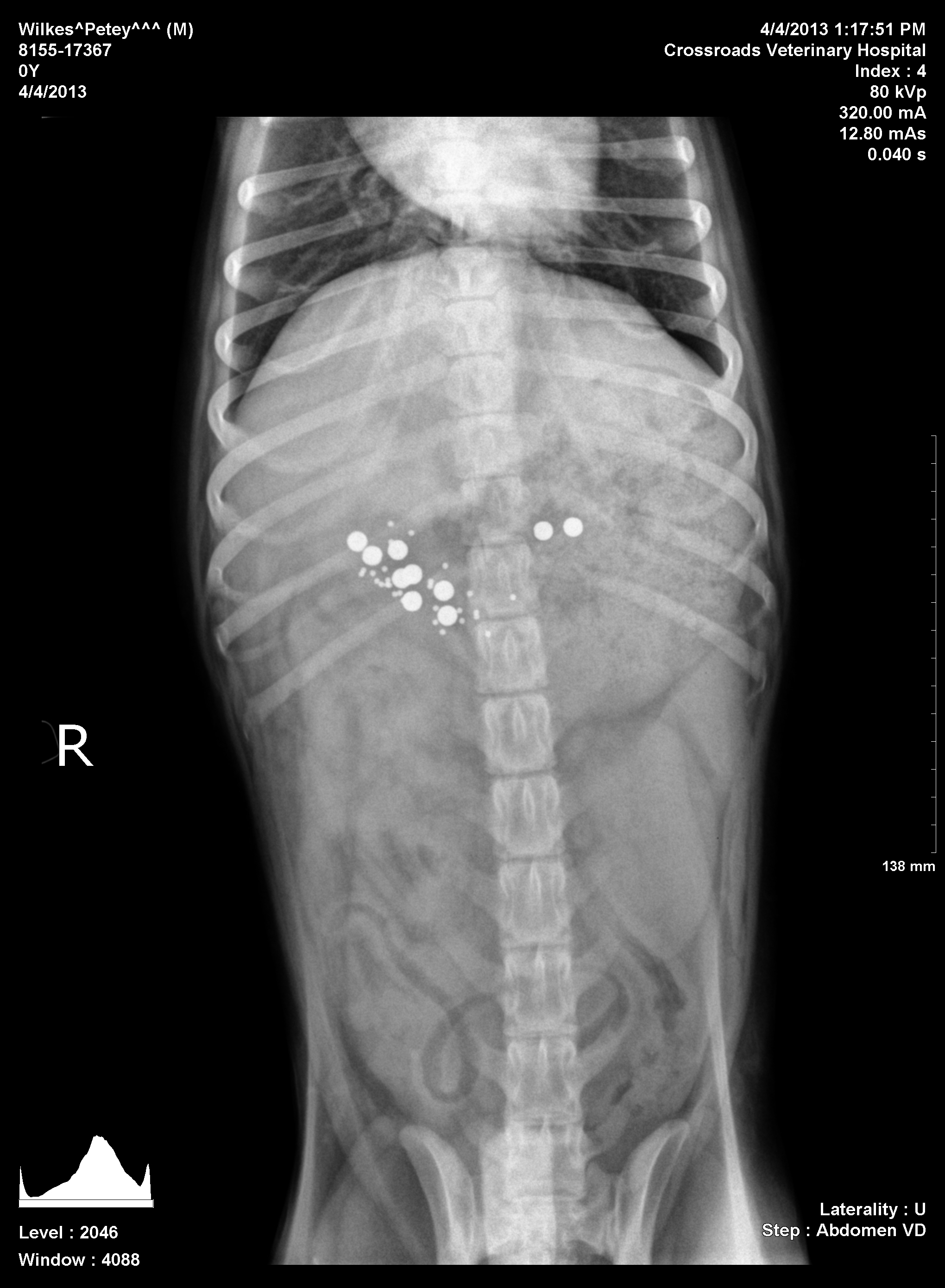 Justin Wilson, the famous Cajun comedian, tells a story about a city slicker who finds himself lost in a small Louisiana town. The man stops a small child and asks “Hey, child, if I take this road, where I gonna be at?” To which the boy answers, “It breaks my heart to tell you, mister, but, me, — I don’t know.” After asking about each of the roads in view, and getting the same answer, the man disgustedly comments, “Kid, you don’t know a darned thing!.” To which the child replies, “Maybe so, but I ain’t lost.”.
Justin Wilson, the famous Cajun comedian, tells a story about a city slicker who finds himself lost in a small Louisiana town. The man stops a small child and asks “Hey, child, if I take this road, where I gonna be at?” To which the boy answers, “It breaks my heart to tell you, mister, but, me, — I don’t know.” After asking about each of the roads in view, and getting the same answer, the man disgustedly comments, “Kid, you don’t know a darned thing!.” To which the child replies, “Maybe so, but I ain’t lost.”.
Like the city slicker in unfamiliar territory, many puppy owners find themselves in the position of being helplessly lost. By contrast, their puppies are like the child who has no idea of the outside world, but yet, “ain’t lost.” Finding the right training road for you and your puppy is similar to navigating to a known destination – it is a wise idea to know how to get there, before you start your trip. Continue reading



